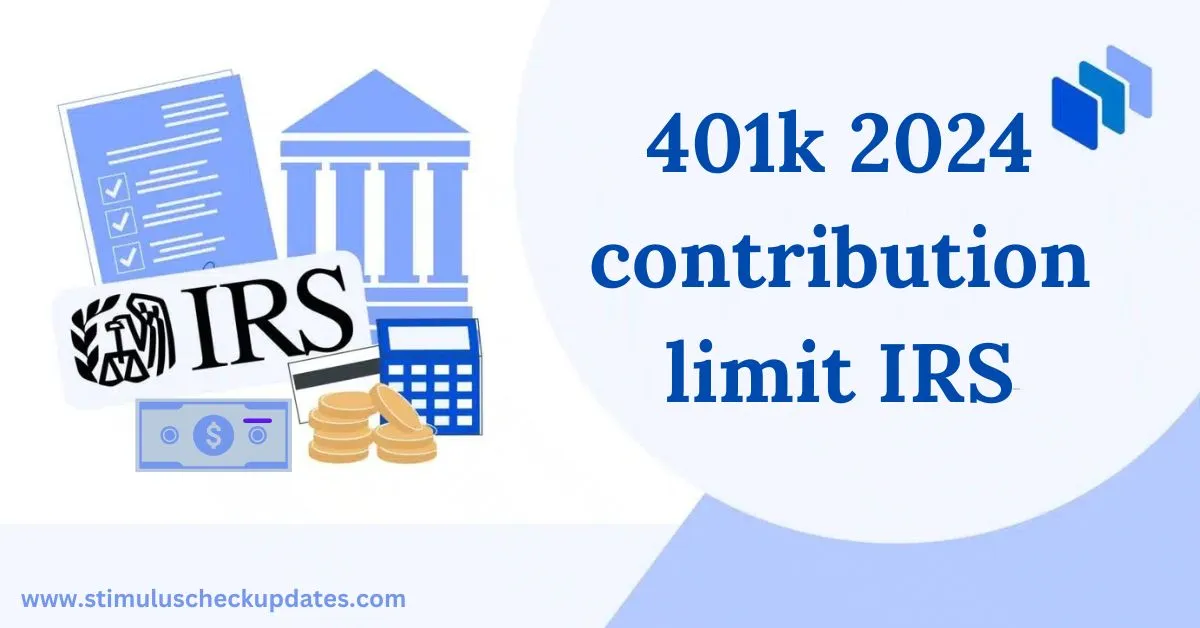401k 2024 Contribution Limit
As we approach 2024, many are looking ahead to their retirement savings strategies. One of the most popular retirement savings accounts in the United States is the 401k. This article will provide you with detailed information about the 401k contribution limits set by the IRS for 2024, how they may affect your retirement plans, and tips for maximizing your savings.
Understanding the 401k Plan
What is a 401k?
A 401k is a retirement savings plan offered by many employers. It allows employees to save and invest a portion of their paycheck before taxes are taken out. This is beneficial because it reduces your taxable income for the year, potentially lowering your overall tax bill.
Types of 401k Plans
There are primarily two types of 401k plans:
-
- Traditional 401k: Contributions are made pre-tax, reducing your taxable income. Taxes are paid upon withdrawal during retirement.
-
- Roth 401k: Contributions are made after-tax, meaning you pay taxes on the money before contributing. Withdrawals during retirement are tax-free, provided certain conditions are met.
2024 Contribution Limits for 401k

IRS Announcement
The IRS sets the contribution limits for retirement accounts annually. For 2024, there are significant changes that can impact your saving strategies.
Contribution Limits
-
- Employee Contribution Limit: For 2024, the employee contribution limit for 401k plans is $23,000, an increase from $22,500 in 2023. This limit applies to both traditional and Roth 401k contributions.
-
- Catch-Up Contributions: If you are aged 50 or older, you can make additional “catch-up” contributions. In 2024, the catch-up contribution limit is $7,500, bringing your total contribution limit to $30,500.
-
- **Employer Contributions### Employer Contributions
In addition to employee contributions, employers can also contribute to your 401k plan. The total combined contribution limit (employee + employer) for 2024 is $66,000 for those under age 50 and $73,500 for those aged 50 and older when including catch-up contributions. This allows for significant growth potential in your retirement savings.
Importance of the IRS 401k Contribution Limits
Why They Matter
Understanding the IRS contribution limits is crucial for effective retirement planning. By maximizing your contributions, you can take full advantage of tax benefits and compound interest over the years.
Impact on Taxable Income
Each dollar you contribute to your 401k reduces your taxable income. For instance, if your annual salary is $100,000 and you contribute the maximum limit of $23,000, your taxable income drops to $77,000. This can significantly lower your tax burden.
Strategies to Maximize Your 401k Contributions
Start Early
Time is your ally when it comes to retirement savings. Starting early allows your money to compound over time. The earlier you begin contributing, the more you can benefit from compound interest.
Increase Contributions Gradually
If you can’t afford to contribute the maximum amount right away, consider gradually increasing your contributions. For example, increase your contribution by 1% each year until you reach the limit.
Take Advantage of Employer Matching
Many employers offer matching contributions to 401k plans, which can be thought of as “free money.” Ensure that you contribute at least enough to receive the full match, as this can significantly boost your retirement savings.
Utilize Catch-Up Contributions
If you’re over 50, take advantage of catch-up contributions. This can be a powerful strategy to bolster your retirement savings as you approach retirement age.
IRS form 8621 instructions 2024-25
Tax Implications of 401k Contributions
Pre-Tax vs. After-Tax Contributions
Understanding the difference between pre-tax contributions (Traditional 401k and after-tax contributions (Roth 401k is essential. Pre-tax contributions reduce your taxable income now but will be taxed upon withdrawal. Conversely, Roth contributions are taxed now but not taxed during retirement, making them potentially advantageous if you expect to be in a higher tax bracket later.
Early Withdrawal Penalties
Withdrawing funds from your 401k before reaching the age of 59½ can result in a 10% penalty in addition to regular income tax. It’s crucial to plan your withdrawals carefully to avoid unnecessary penalties.
External Resources for More Information
For those seeking more information about the 401k contribution limits, consider visiting the following external links:
Conclusion
As you plan for your retirement, it’s essential to stay informed about the IRS contribution limits for 401k plans. For 2024, the employee contribution limit has increased to $23,000, with additional catch-up contributions available for those aged 50 and older. Taking full advantage of these limits can significantly impact your retirement savings.
With careful planning and strategic contributions, you can maximize your retirement savings and enjoy a financially secure future. Always consult with a financial advisor to tailor your retirement strategy to your unique financial situation and goals.
The IRS contribution limits are a critical aspect of retirement planning, and understanding them can empower you to take action. Whether you’re just starting your career or nearing retirement, it’s never too late to improve your savings strategy and ensure a comfortable retirement.
